latest
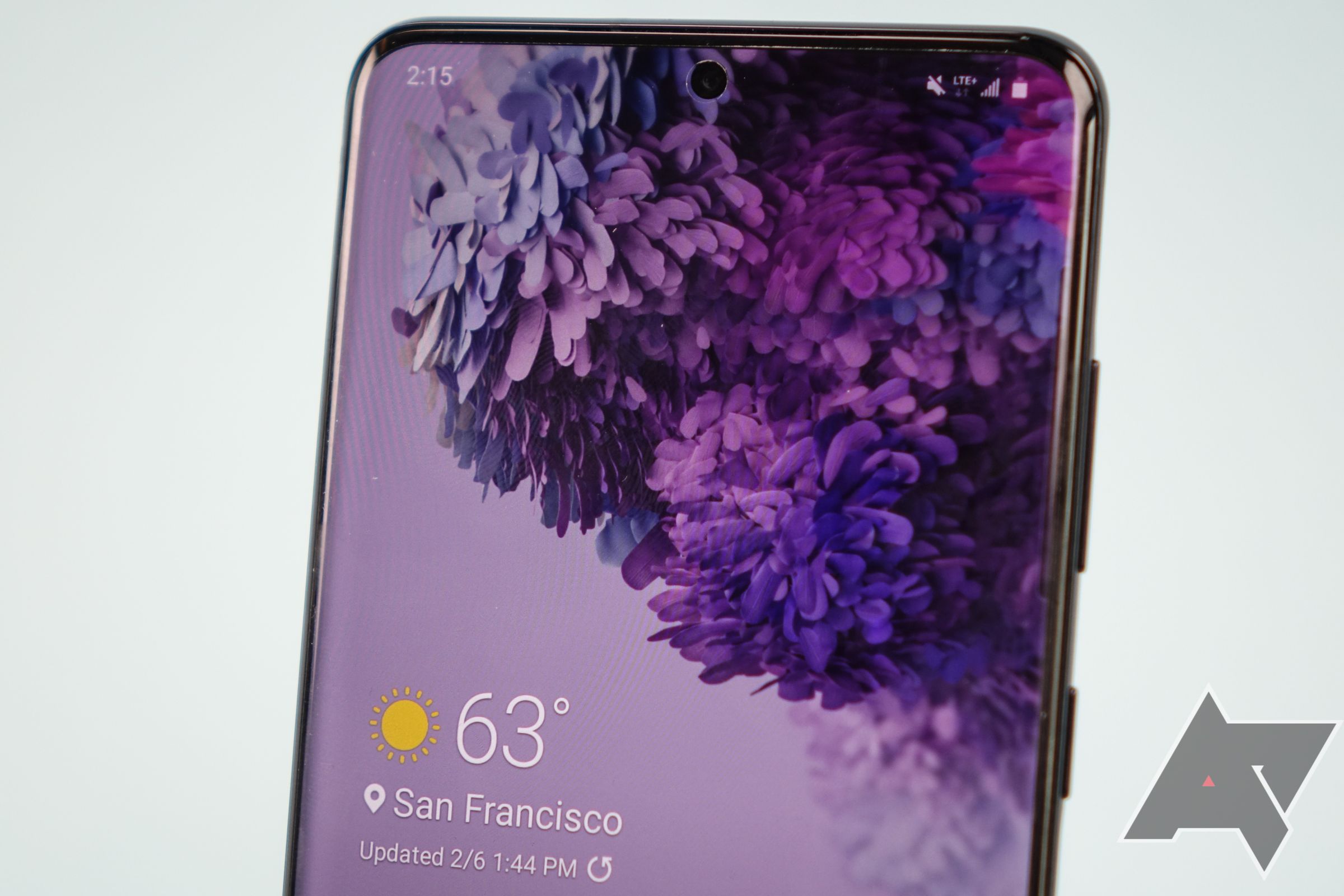
It's unsurprising, given the leaks, but it's worth pointing out: Samsung again went with an in-display ultrasonic fingerprint sensor. For phones which start at $1,000 (and reach quite a bit higher), it's surprising that Samsung wouldn't try to compete with Apple and Google now that Android has good support for secure face unlock systems. We knock Google's hardware for a lot of things, but the company's face unlock on the Pixel 4 isn't one of them, and if anyone would try to ape Apple, we would assume it would be Samsung. And yet the Galaxy S20 phones are sticking with an in-display fingerprint reader.

Tasker has always been an incredibly versatile and useful tool letting you automate your phone and even your smart home. The latest beta, 5.9.beta.8, makes the app even more powerful: It has gained the ability to react to Logcat events on your device, so it can now be triggered by snoozing an alarm or holding the back button. It can also discern which finger you're using to unlock your phone and start an action accordingly.
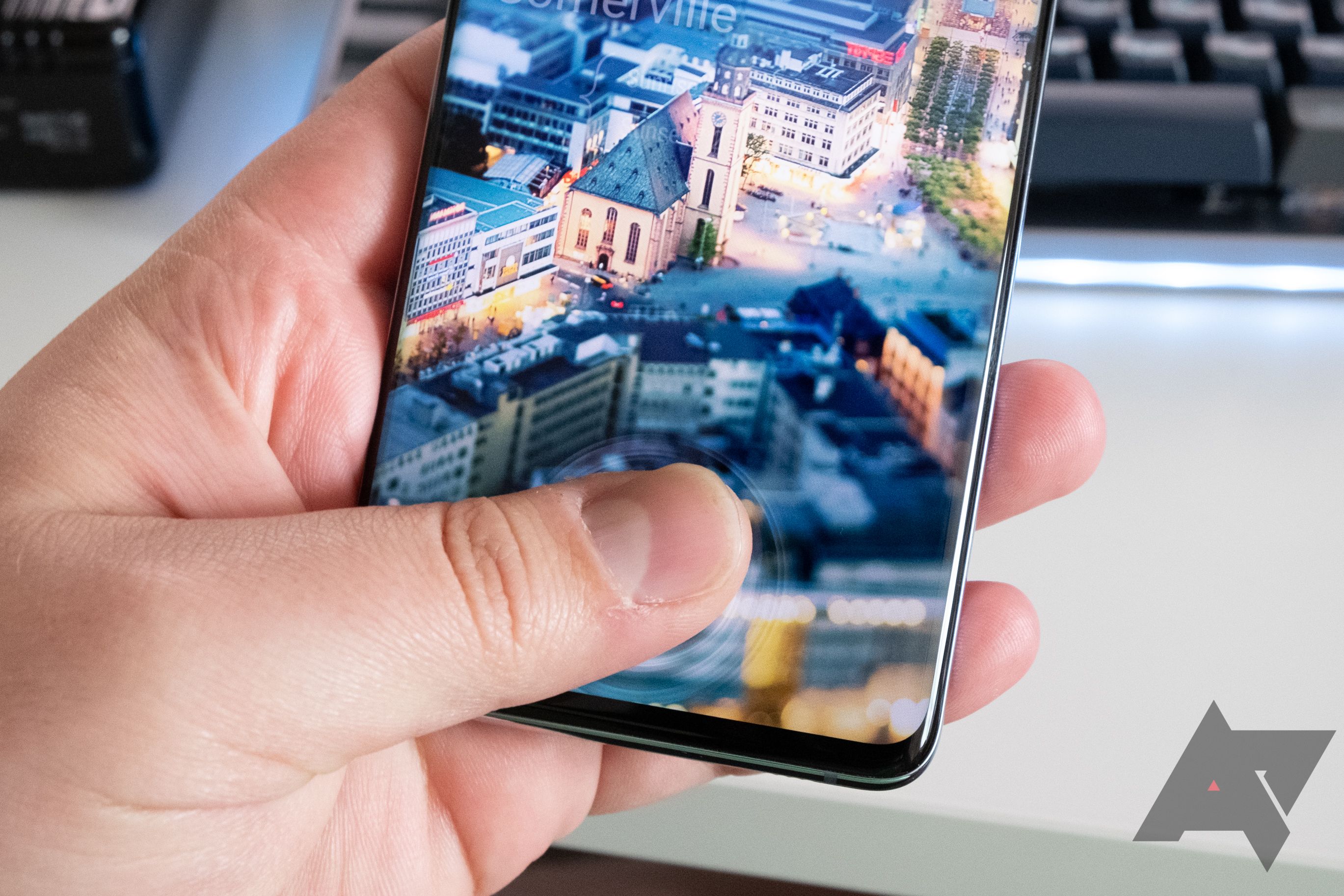
According to a recent report making its rounds on the internet, the in-display fingerprint sensor in the Galaxy S10 doesn't offer much in the way of security if you are using the wrong accessories. For one UK couple using an inexpensive "gel" screen protector (or case, it isn't immediately clear which), their cheap accessory compromised the phone's fingerprint recognition capabilities by allowing any finger to unlock the phone, eliminating the security offered by the in-display reader.

Six months ago, I was excited: The OnePlus 6T had just been officially announced bringing in-display fingerprint sensors to the mainstream US market. This was a genuinely new technology, after all, in a field of nearly-identical gadgets. It gave us all something to talk about as we anticipated all the ways it would change The Phone Experience for the better. But, six months later I've come to the conclusion that in-display fingerprint readers, as they stand today, were a mistake.

While new information keeps rolling out of Google I/O, some of the recently announced things are creeping out in various forms. After the keynote, we've been expecting some enhancements to Google Photos, and the latest update contains new text that makes it look pretty likely that we'll be getting them soon. There's also a subtle clue that may suggest we'll soon get to lock up some of our photos or albums and access them with a fingerprint.

Those that frequent the land of French roasts and baristas to get their caffeine fix can now save a few extra seconds each day. The Starbucks app for Android was just updated, and among the recent changes is fingerprint support. So the next time you log in or reload your balance, it could be as easy as a single tap.
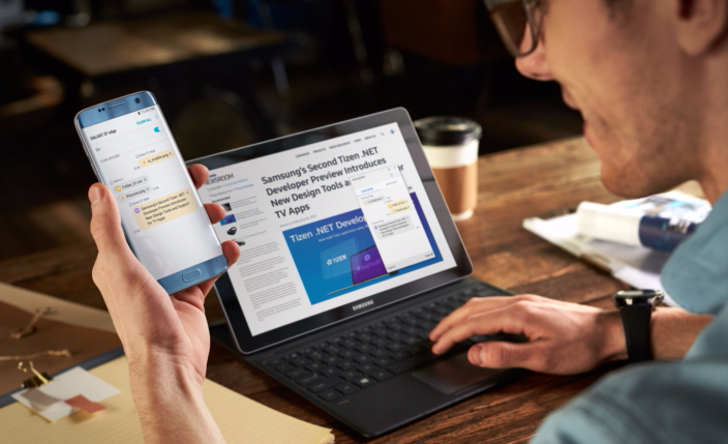
Over the last week Samsung has updated their Samsung Flow app on Google Play and the Windows Store to work with more devices and to support a new authentication method. It might sound uninteresting, but it means that your Samsung phone can now unlock your Windows 10 device. At least, when using the corresponding app for both Android and Windows 10. So even if your computer doesn't have a fingerprint reader, you can now use the one on your phone to unlock it.
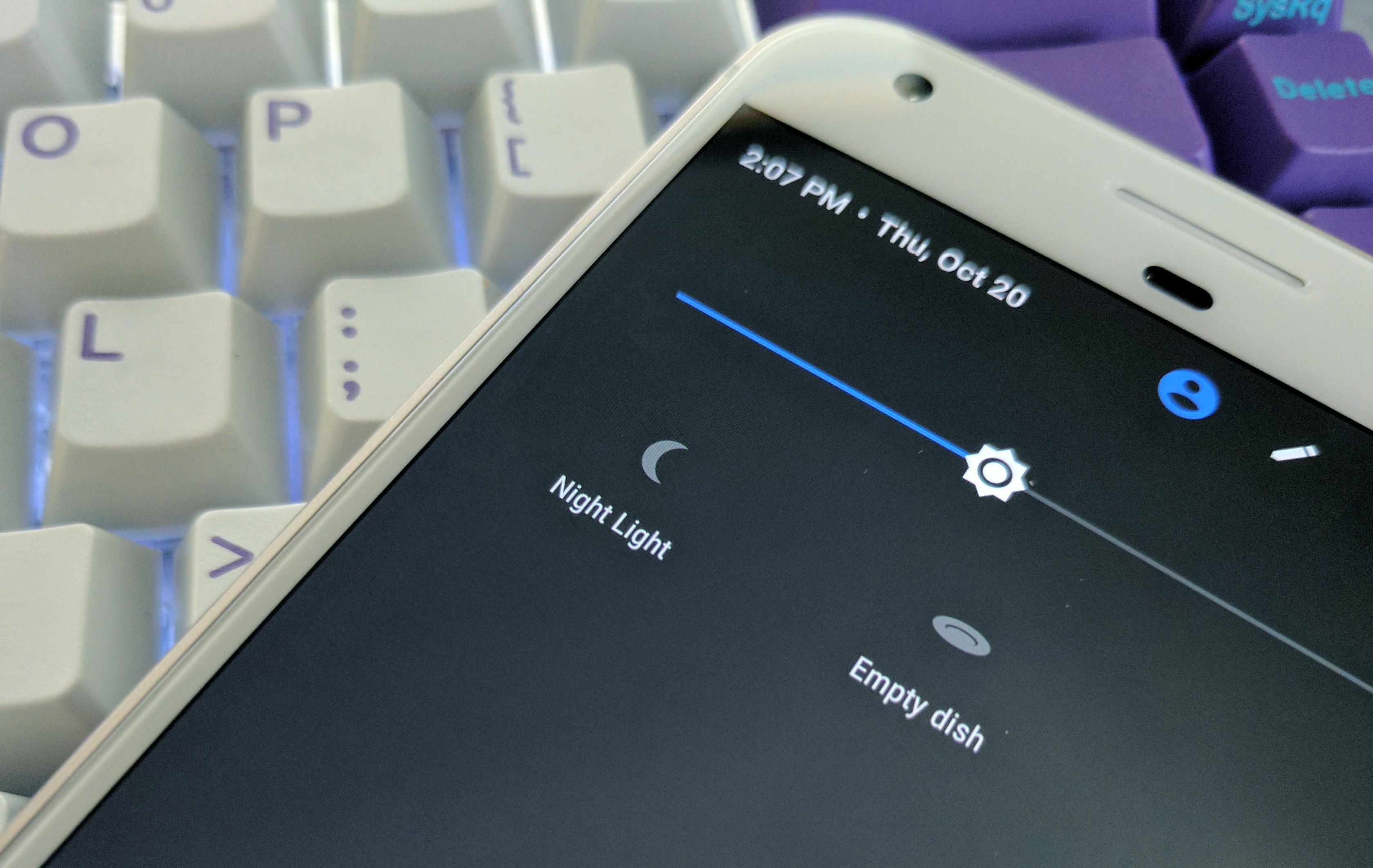
The Android 7.1 developer preview is rolling out, so Nexus phones are getting their first taste of the software shipping on the Pixel. Since it's a dev preview, it can be hard to know if missing features are missing because they're not done, or if they just aren't going to be included at all. Googler Ian lake has clarified that two features not listed as Pixel-exclusive still won't be coming to existing Nexus phones—night light and fingerprint reader gestures.
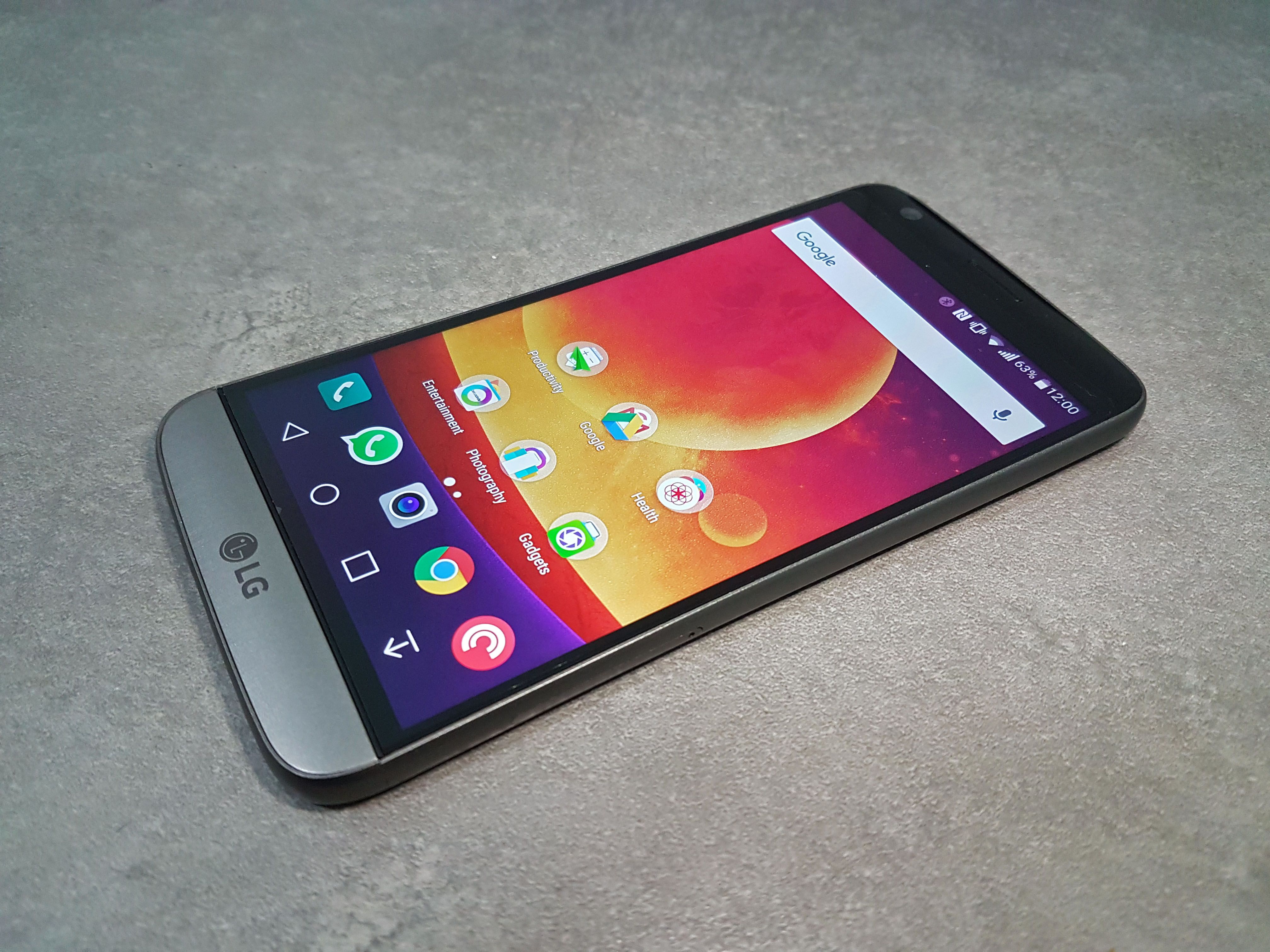
In my surroundings, I am known as the "LG girl." I switched to the brand in 2013 when the G2 was announced and fell in love with the big screen, the great camera, and even LG's own software additions on top of AOSP. I recall showing friends and acquaintances photos I'd taken with the G2 while hiking, flipping the phone to landscape, and telling them to swipe through the pics. "It's like holding only a screen, the bezels disappear," was my own way of explaining why I loved the G2 so much. It never failed to impress.
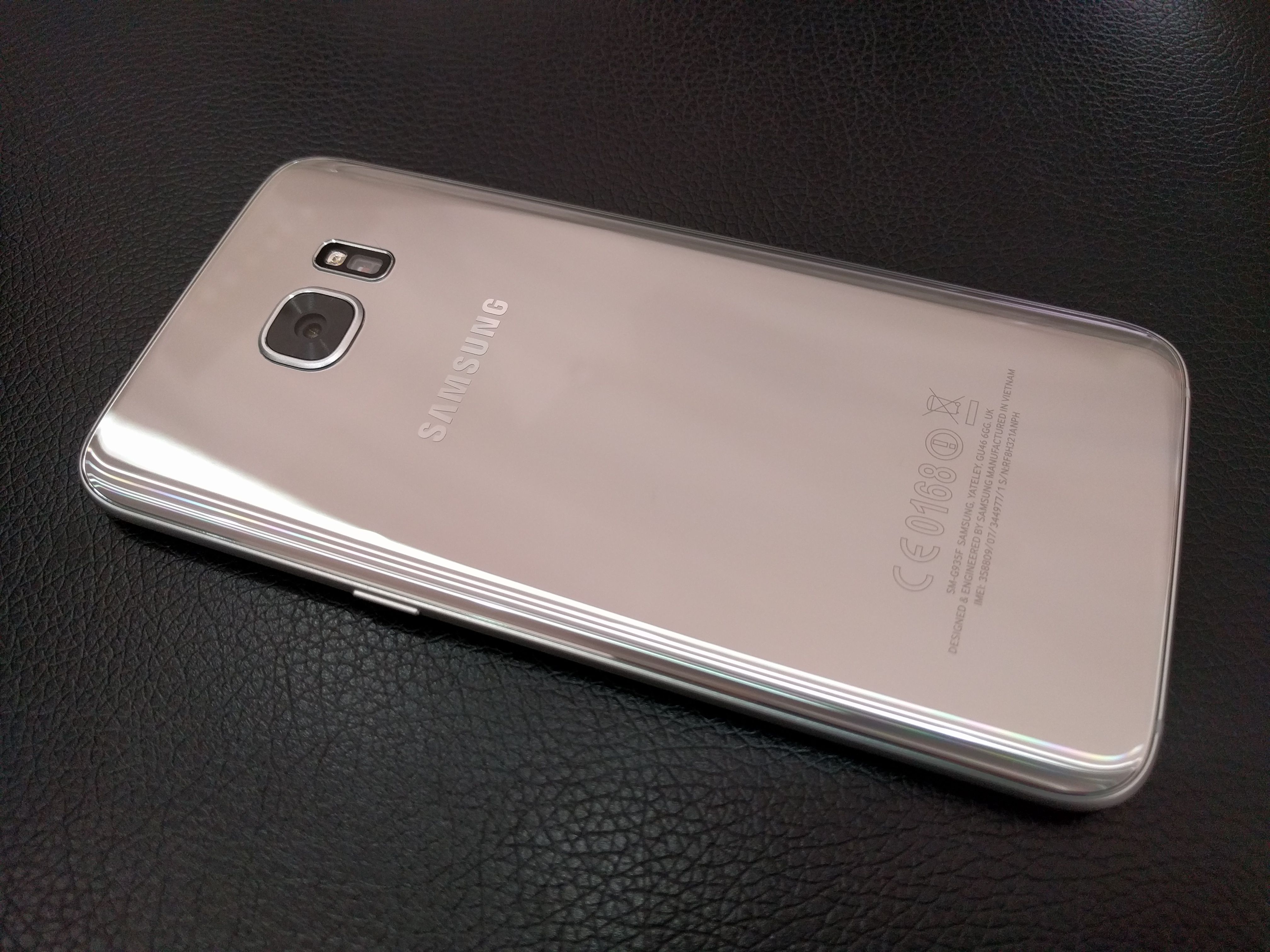
The only Samsung smartphone I have owned and used was the Galaxy S3 (well, I also had the Galaxy 5 - not S - for a few weeks, but that doesn't count). I had been eyeing the company since the original Galaxy S, checking what it's doing and waiting for it to be convincing before I dipped my toes and grabbed the S3. I liked the rounded design, even though everyone criticized it. I loved the powerful hardware too, but I hated TouchWiz. It took me two weeks to get fed up, root the phone, flash a custom recovery, and start trying different custom ROMs that removed some of the bloat and smoothed the experience.
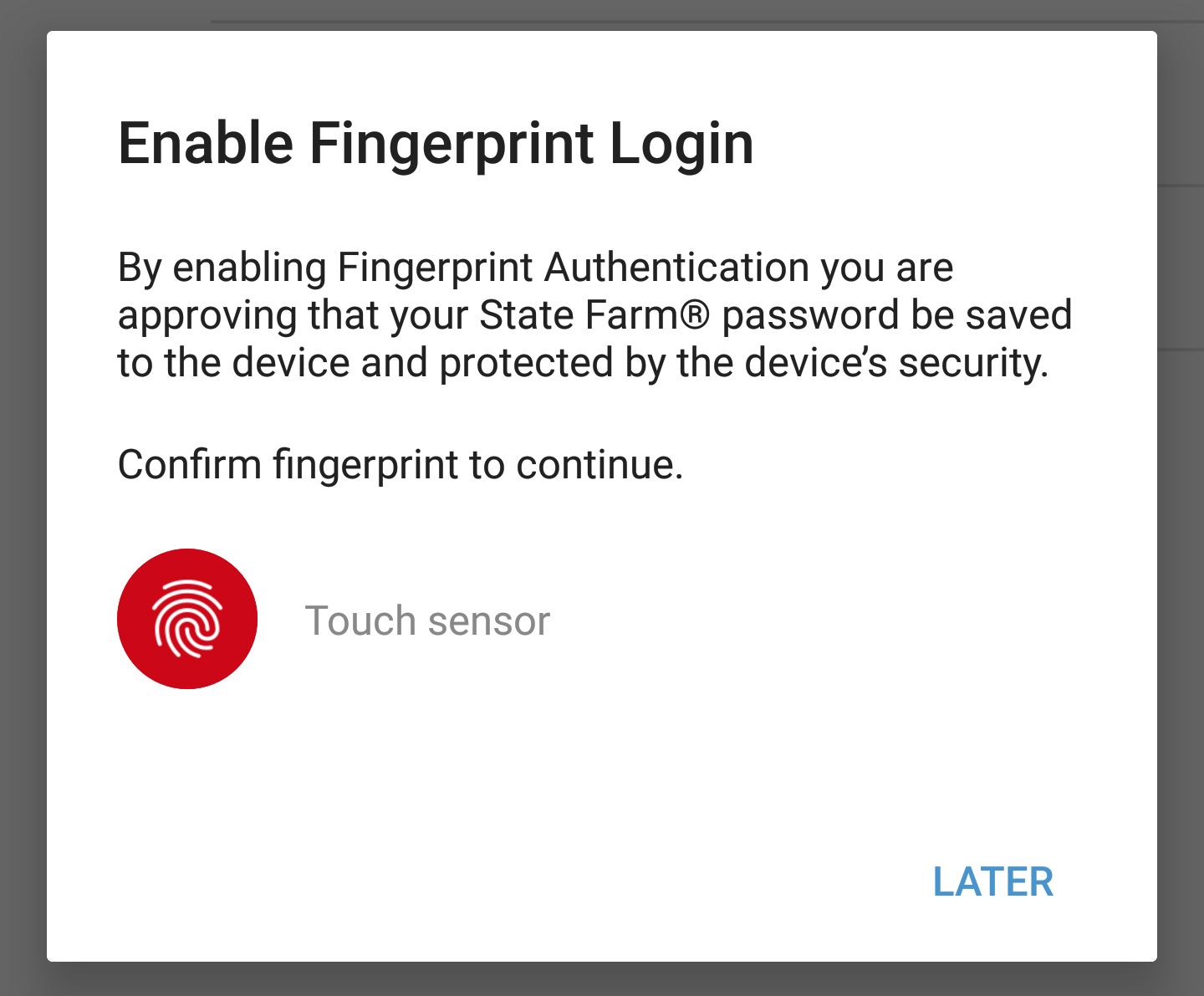
It took a few months, but developers are finally getting in line and adding support for fingerprint readers in Android 6.0. We've seen a few popular apps get support recently, including Chase and Bank of America. The latest app to get support is State Farm's Pocket Agent app.




